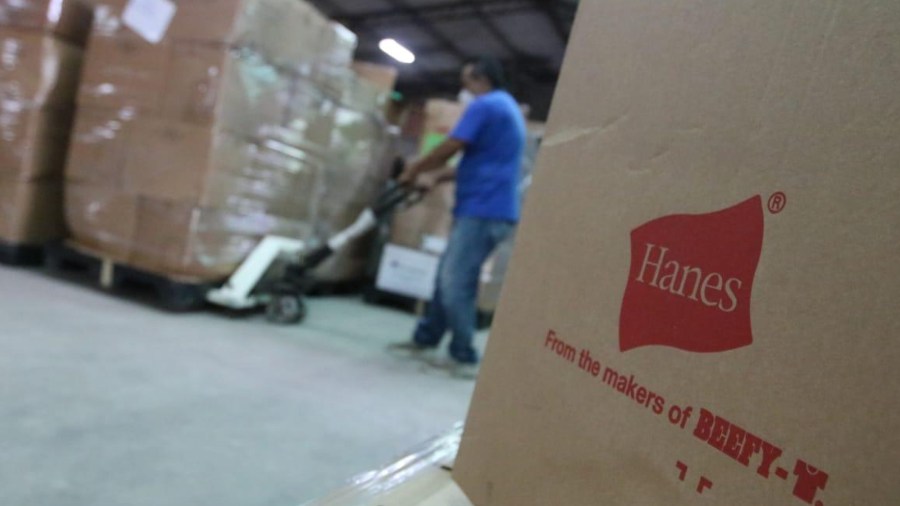In the constant pursuit of lower fuel costs, many drivers come across a range of common tips and tricks that promise to save fuel. but, Not all of these tricks are effective And even some It can generate more consumption Made of fuel.
In this article, we’ll demystify some of the most common mistakes people make when trying to save on gas, giving you accurate and useful information so you can. Maximize your vehicle’s efficiency.
Errors when trying to save gas
It is important to keep in mind that each vehicle has specific characteristics and requirements, so not all scams will work the same in all cases. Next, we will analyze some of the most common errors:
Keep the engine running at idle
Many drivers believe that it is more efficient to leave the engine running during a stop than to restart it. However, this unnecessary practice consumes quite a bit of fuel. If you are going to stop for more than a minute, it is recommended to turn off the engine.
Driving at high speed
Driving at high speeds can be exciting, but it also greatly increases fuel consumption. with increasing speed, Air resistance increases, which requires more energy to maintain speed. Driving at moderate speeds and maintaining a smooth and steady ride is the best way to save gas.
Not maintaining proper tire pressure
Tire pressure directly affects fuel consumption. If the tires are under-inflated, the engine has to work harder to keep the car moving, resulting in increased gas mileage. It is advisable to regularly check and adjust tire pressure according to the manufacturer’s specifications.
Ignoring regular vehicle maintenance
Proper and regular vehicle maintenance is essential to ensure its efficiency. Neglecting an oil change, dirty filters or worn spark plugs can increase fuel consumption. Performing manufacturer-recommended maintenance services will ensure optimal vehicle operation and long-term gasoline savings.
The most common error: the legend of open windows
When it comes to fuel economy on a highway trip, many drivers consider a choice Roll the windows down instead of using the air conditioner. However, this common trick to reduce fuel consumption may not be as effective as it is thought. In this bonus point, we’ll explore why rolling your windows down the road can be more detrimental than using an air conditioner in terms of fuel economy.
Aerobic resistance
Opening car windows while driving at high speeds increases aerodynamic drag. This increases air resistance, which in turn requires more power from the engine to maintain speed. Aerodynamic drag can negatively affect fuel efficiency, offsetting any purported savings you’re looking to make.
Clouds and turbulence
When the windows are open, a phenomenon known as draft or turbulence occurs. Especially in high speed vehicles. This can disrupt the airflow around the vehicle, creating turbulence and vortices that increase air resistance. Thus, the engine has to work harder to overcome that additional resistancewhich translates into increased fuel consumption.
Leaving the car in neutral when going downhill
Many drivers believe that leaving the car in neutral when going down a hill or down a hill will save fuel. However, andThis practice is not only ineffective, but can also be dangerous..
When the car is left in neutral while going downhill, the engine is idling and fuel is not being used. This can lead to the belief that gasoline is being saved. However, in reality, fuel consumption in this case is not significantly reduced as the engine is still idle and needs to expend fuel to stay running and provide power to other vehicle systems such as power steering and brakes.
In addition, leaving the car in neutral when downgrading can be dangerous, as it compromises vehicle control. to Keep the car in proper gearEngine braking is used and is the ability of the engine to slow the vehicle without having to apply the brakes. This helps maintain proper control of the vehicle and maintain safety in case a quick response to an unexpected roll-off situation is necessary.
Another thing to keep in mind is that by leaving the car in neutral, you lose the ability to accelerate quickly if necessary. In emergencies or to avoid obstacles, having the vehicle in an appropriate gear allows for a faster and more efficient response, which is essential to road safety.
While saving gas is a common concern for drivers, it is important to avoid falling for scams that can backfire. Rather than relying on popular, unproven advice, it is essential to follow science-backed practices and vehicle manufacturers’ recommendations.
By avoiding mistakes such as engine idling, driving at high speeds, neglecting tire pressure, and regular vehicle maintenance, you can improve your vehicle’s efficiency and effectively save gas.
You may also be interested in:
How to modify your car to improve fuel efficiency
What are the odds of using vegetable oil as gasoline in your car?
Diesel vs biodiesel: what’s the difference between the two
Tricks to spend less fuel while driving
How do I clean a car’s fuel tank?





:quality(75)/cloudfront-us-east-1.images.arcpublishing.com/elcomercio/VYOCSLR4V5ATTL5257DOZ2WE64.jpg)